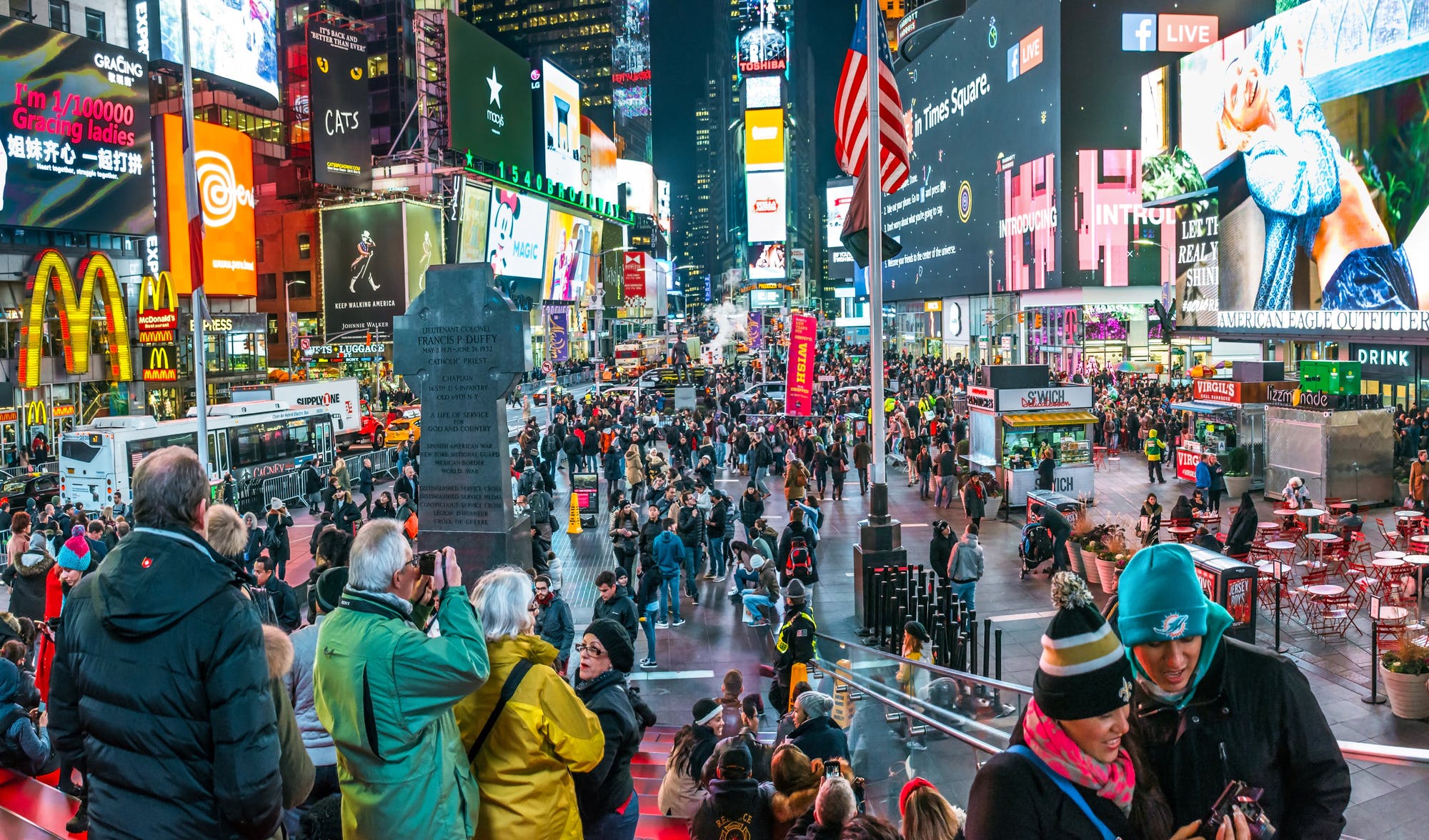In the last hundred years, the name of the game in housing and work has been density.
Since 2007, more people globally live in the world’s urban centers than outside of them. In America specifically, that number goes up to 80%. Higher density urban development has come with some costs, like increases in rent across the board relative to wages. The move to cities may, however, have given us a surprising benefit: making us more resistant to pandemics.
At first, such a statement would seem strange, paradoxical even. The idea of heading for the hills to escape a pandemic has been with us at least as long as Boccaccio’s Decameron, a 14th century work that has a troupe of ten young nobles hiding out in the Italian countryside to escape the Black Death.
How could living closer together make us more resistant to outbreaks of disease?
That’s precisely what I thought, but as the research bears out, one unlikely key to fighting off diseases like Coronavirus may very well be our greater density of settlement.
Let’s compare, for example, the Coronavirus outbreak of 2019-2020 with its most obvious historical parallel: the 1918 Spanish Flu pandemic. The case-mortality rate, that is the rate at which infected people die from the disease, is surprisingly comparable for the two diseases. The Spanish flu’s was somewhere north of 2.5% (although sources disagree on the actual death toll and, thus, the mortality rate), whereas COVID sits at a respectable 2.2%. It’s not exactly an apples-to-apples comparison, but remarkable when you look at the disparities in impact.
Whereas Spanish Flu killed around 675 thousand Americans out of a population of 103.2 million (0.65%), Coronavirus’s death toll is 248 thousand (as of the writing of this article) of a population of 331 million (0.0007%). Even if Spanish Flu were a full 1% deadlier than Coronavirus, something would have to account for the dramatic drop in mortality.
Now, some obvious explanations would be hygiene practices, knowledge of disease and access to medicine and treatment. Of these, only the third actually makes any real sense. Allow me to explain.
The Spanish Flu pandemic was over a century ago, yes, but hand-washing had been an understood method of preventing communicable disease spread since the 1850s. Even today, with our myriad of disinfecting sanitizers, the Centers for Disease Control (CDC) still recommends washing one’s hands thoroughly with soap and water above any other preventative hygiene measure. True, they didn’t bathe as much, but having itchy skin and oily hair won’t give someone the flu.
I would argue the average person in 1918 knew about as much as the average person in 2020 does about disease. They knew it was spread by sick people, through fluids and breath droplets, and that they should wear masks and keep their distance from people. Masking and social distancing are nothing new, they were tried and true measures imposed during the 1918 pandemic. True, the average American in 1918 wouldn’t really have had a firm grasp of the germ theory of disease, but it’s worth pointing out that you don’t really need that information to keep yourself healthy. There might have been other unhygienic practices that were making them sick in other ways, but as for communicable diseases, they understood what they needed to.
No, the only real explanation lies in access to medicine and treatment. First off, there is the quality of therapeutic medicine. In 1918, doctors and nurses had few options for treating influenza patients. Once someone had contracted the disease, they merely had to treat the symptoms and wait for it to pass. Cold compresses to the head, aspirin, water, food and oxygen administered through a mask were the extent of what most patients would have gotten while ill. Add to this the fact that many patients were cared for at home, thus not only spreading the disease throughout the household but also unable to receive professional medical care.
This is where we return to COVID-19. Not only do we now have better treatments available, but we also have better access to those treatments. How exactly? More people now live closer to a hospital or clinic with high quality care.
According to a June, 2020 study from Johns Hopkins, the density of an area had no statistically significant effect on Coronavirus infection rates (in other words, your likelihood of infection didn’t vary by population density of your county) and that mortality rates in highly dense counties were lower, sometimes by as much as 11.3%. The researchers theorized this had to do with greater access to medical care and a higher quality of that care.
Now, that doesn’t get American cities off the hook just yet. The researchers also found, “higher coronavirus infection and COVID-19 mortality rates in counties are more related to the larger context of metropolitan size in which counties are located. Large metropolitan areas with a higher number of counties tightly linked together through economic, social and commuting relationships are the most vulnerable to the pandemic outbreaks.”
In other words, it’s not the density and high population of urban areas that makes them vulnerable, but the high degree of traffic between urban areas and their suburbs and exurbs. If anything, the results advocate against low density suburban housing, from a purely disease-prevention standpoint.
I personally am not a fan of city-living, but I must admit that if housing was more dense and relied less on commuting, America would likely be more resistant to disease outbreaks.
In a strange twist, running off into the countryside like Boccaccio’s young storytellers might not make you any safer from the plague.
Photo Credit / Star Tribune


